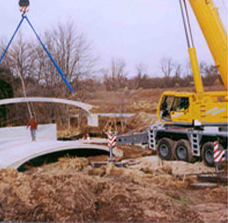 Nothing symbolizes progress better than massive cranes towering over a city skyline. The bigger the crane the bigger the job must be, along with a significant investment in Boston, Worcester, Springfield, or wherever you happen to live.
Nothing symbolizes progress better than massive cranes towering over a city skyline. The bigger the crane the bigger the job must be, along with a significant investment in Boston, Worcester, Springfield, or wherever you happen to live.
It makes sense that, unfortunately, larger cranes also pose more serious safety issues for the people in their vicinity. This is why those of us who provide crane services need to be especially vigilant when it comes to following protocols enforced by the Occupational Safety and Health Administration, or OSHA. Among these regulations is a list of equipment required for the operation of cranes, one of which happens to be a safety horn.
OSHA categorizes required safety equipment into two categories, safety devices and operational aids. Safety devices must be in full working order for a crane to be operated at all. Operational aids are required as well, but in the event that they malfunction, cranes may still be used as long as supplemental guidelines are followed. They must be repaired in a timely manner, either 7 or 30 days depending on how they are categorized by OSHA.
A safety horn is required as a safety device, meaning that without a working horn, a crane may not be operated under any circumstances. The horn doesn’t need to be built into the crane, but it needs to be on the equipment and readily accessible to the operator. In the event of a malfunction, a backup horn could potentially save the day, saving a job from temporary interruption.
Horns are just one piece of equipment in a long list of safety devices and operational aids. Here at Astro Crane, we make safety and adherence to OSHA regulations a major priority, and encourage our clients to be aware of important safety issues as well. It’s part of what makes us the best provider of crane services in all of Massachusetts.

